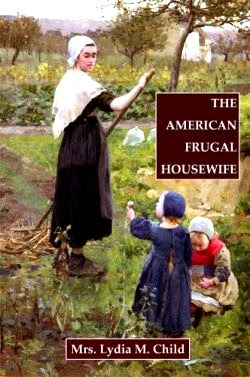Handgeschabt
spätzle are soft batter noodles that are hand-scraped into the cooking
liquid. They are delicious with roasts, as traditionally served, or with
sausages and sauerkraut, as we did for lunch. Today, I made them in smaller pieces, the
way they are often served in a restaurant in the Amana Colonies here in Iowa.
Brösel or krümel are the browned crumbs...frequently used to top spätzle or any noodles or pasta. The restaurant uses bread crumbs; a good way to use slightly stale bread. Both Myrna and I were taught to use saltine crumbs in this dish, which I did today, and it is also delicious, although different, with cooked purchased noodles. Only real butter should be used...it browns deliciously. We love this traditional dish, a family heirloom.
Brösel or krümel are the browned crumbs...frequently used to top spätzle or any noodles or pasta. The restaurant uses bread crumbs; a good way to use slightly stale bread. Both Myrna and I were taught to use saltine crumbs in this dish, which I did today, and it is also delicious, although different, with cooked purchased noodles. Only real butter should be used...it browns deliciously. We love this traditional dish, a family heirloom.
Spätzle mit Brösel
For noodles or spätzle
1 cup
flour, all-purpose
2/3
teaspoon salt
2
dashes ground nutmeg
2 large eggs -- lightly beaten
2
tablespoons milk -- or more if
needed
For
topping:
4 Tablespoons Butter (no substitutes)
1/3
Cup Bread or Cracker Crumbs
- Heat a large pot of water, covered.
- Combine the flour, nutmeg and salt in a mixing bowl. Combine the egg and milk and add to the flour mixture. Beat for several minutes until the batter is smooth and starts to pull away from the sides of the bowl. Let rest 10 minutes and beat again. The dough should be a lot thicker than pancake batter but not as much as bread dough.
- Scrape the batter onto a spätzle board or a flat plate that has been sprayed with non-stick spray or moistened with water. Smooth the batter across the board to an even thickness. Cut the noodles off in about 1/8-1/4" widths into the water. Stir the pot so the noodles don't stick to the bottom. They will rise to the top. Cook only enough noodles to cover surface of water. Do not over crowd. Cook an additional 3-5 minutes. Remove with slotted spoon. Repeat until all dough is cooked. Drain well and set aside. If you are going to serve them another day, rinse, cool and toss with a little oil.
Butter
Crumb Topping
Melt the
half stick of butter in a frying pan, let it foam up and subside, and add the bread or cracker crumbs and
brown. Toss in the spätzle, and fry for a minute to blend the flavor of the
buttered crumbs with the spätzle.
4 servings













































